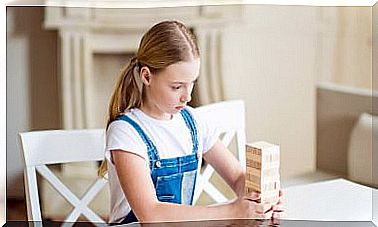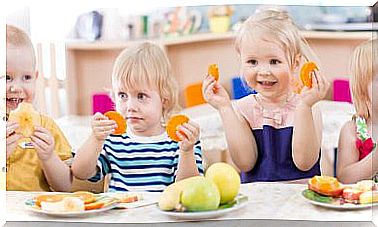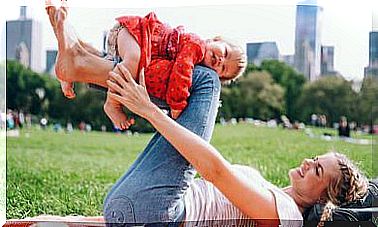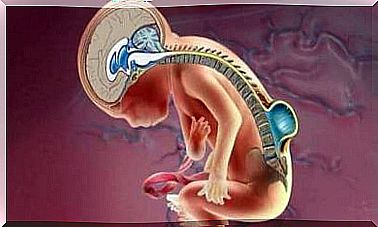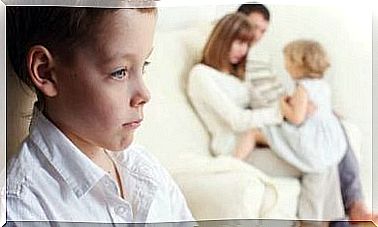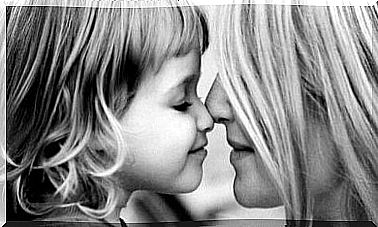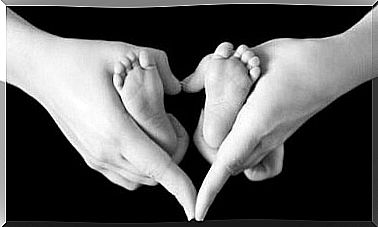What Is The Assembly In Early Childhood Education?
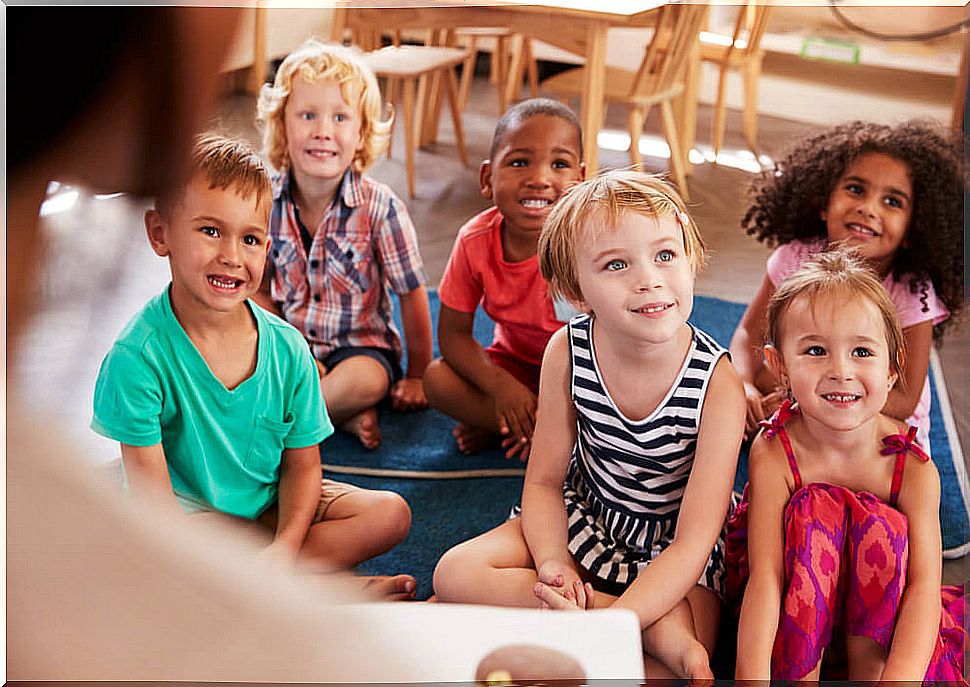
Many parents, surely, wonder: “What is the assembly in early childhood education?” And, almost certainly, those who ask this question are those parents who are beginning to take their children to preschool for the first time.
The assembly in early childhood education refers to a resource and an activity in itself, but which, in turn, is made up of a series of tasks. Let’s see what it specifically consists of.
What is the assembly in early childhood education?
It is a methodology that is developed daily in schools, both at the beginning and at the end of the school day. And whose main objective is to create a space for dialogue and reflection between children and their teacher.
With this, it implies a specific disposition of the children, who must sit in a circle, as in an assembly, and with the teacher as a guide or moderator.
It is about motivating the little ones to put into play every day, through various tasks and activities, the development of their linguistic, cognitive and social skills.
Each day, the assembly will allow the little ones to greet each other, to recognize the day of the week, to speak and tell about their experiences and needs, and for the teachers to propose the tasks and activities that they will develop during the school day.
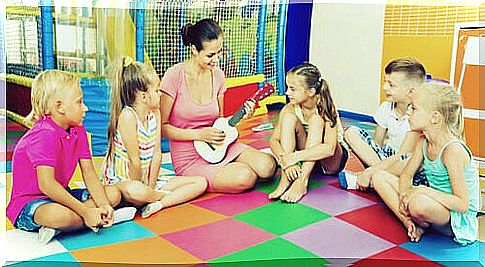
These activities will be related to the didactic unit or centers of interest that are being worked on in the class. Or, if the assembly takes place at the end of the day, they will talk about how the learning experiences have gone.
Therefore, through various activities, the assembly is proposed as a methodology to generate in students learning related to autonomy, acquisition and correct use of language, expansion of vocabulary, with the internalization of norms and active listening, it is that is, respect for the turn and the word of the other.
In short, the assembly encourages expression, communication and socialization, helping and motivating children to participate and express their experiences and emotions to other classmates and teachers. In this way, it contributes to reinforcing values such as companionship, solidarity and empathy.
Activities carried out in an assembly in early childhood education
The following are some of the activities and tasks that can be performed in an assembly.
Roll call
Each child can say good morning and introduce themselves. A fun activity is for them to remind their classmates of the vowels that are present in their name when they do.
Identify the date of the day
In an almanac, they should mark the corresponding day with colored circles. Thus, they are learning and reviewing the numbers, and also learning the months of the year and their order.
Tell colleagues how the day before was
The little ones can tell if they have gone to the park, anecdotes or what they had for dinner the night before, for example. This information can be used to introduce an activity related to foods, types, where they come from, and to talk about the importance of eating well.
Make an atmospheric record
Children can write down in a diary for this purpose how the day is, with sun, clouds or rain, even draw pictures. They can also point and draw if it is summer, autumn, winter or spring, and thus learn the seasons of the year.
Remember the rules
These can be written on a poster or mural with drawings made by the students themselves. These rules can be: greet when entering and leaving class, raise your hand to speak, wait for your turn to speak, notify if you want to go to the bathroom, say thank you, apologize and apologize, give hugs, order after playing, among other.
Talk about what will be learned in the day
Considering the didactic unit or the corresponding center of interest, the children are told, for example, that today they are going to meet some animals that live in water. Then asking questions like: “Do you know any?” “Do you know how they breathe?” “How big do you think they can be?”
These questions can be used to know the previous knowledge that children have on the subject. And it can be a valid activity for every day and all topics, didactic units, work in corners or centers of interest that are worked on.
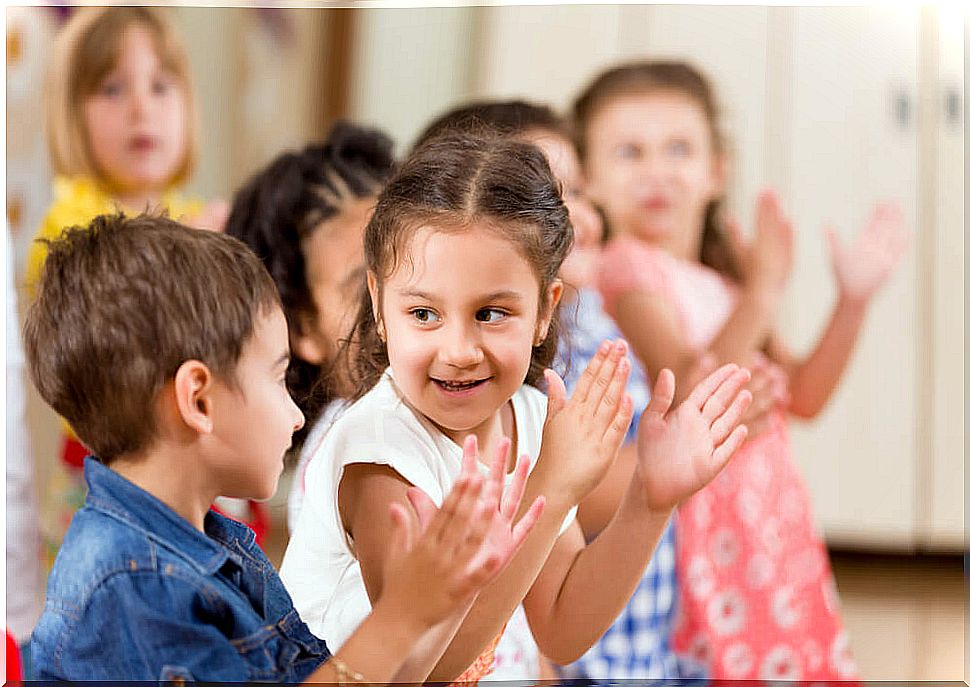
More activities that take place in an assembly in early childhood education
Distribute tasks and organize the group
A good idea is to distribute tasks, even if they are simple, such as: “Iván, you stand up and let you know when your colleagues are asking to speak” , or “Clara, today you are in charge of keeping the blackboard very clean”.
It is always good for them to take some responsibility, and to be commended if they do well after the school day is over.
Save and order everything in its place
Since the assembly is also valid to end the school day, an activity that can be carried out before leaving class is a daily routine of order. To the rhythm of a song, the little ones will have to organize and put away toys, arrange chairs, pick things up from the floor, find their backpacks and coats, etc.
To take into account regarding the assembly in early childhood education
The duration and characteristics of the assembly in early childhood education will depend on the peculiarity of the group of students. With which, the assembly must be flexible and adapt to the circumstances of the day, to the interest, and to the needs and particularities, both of the class, in general, and of each of its members, in particular.

